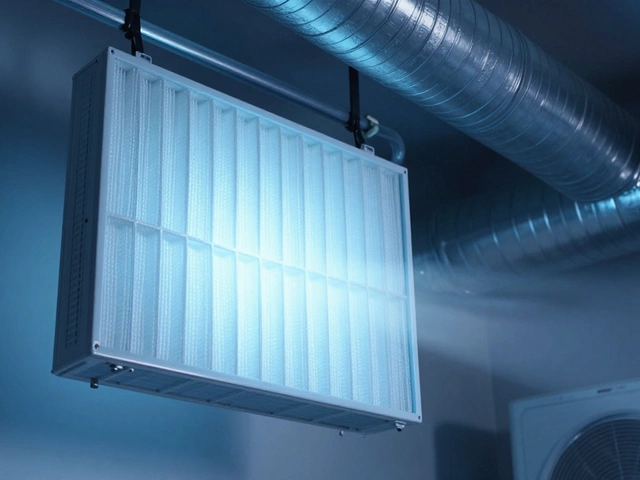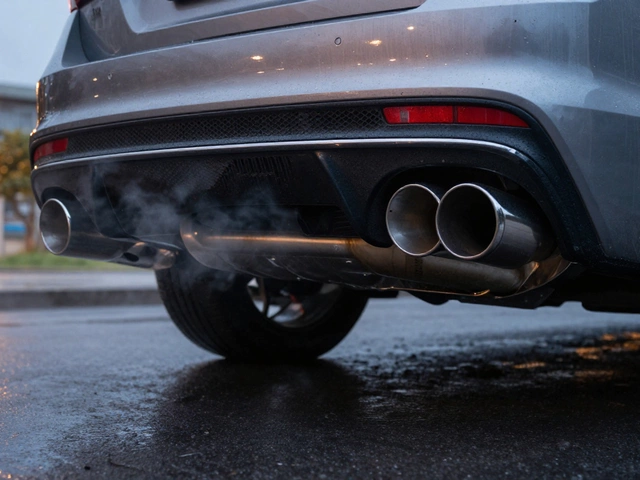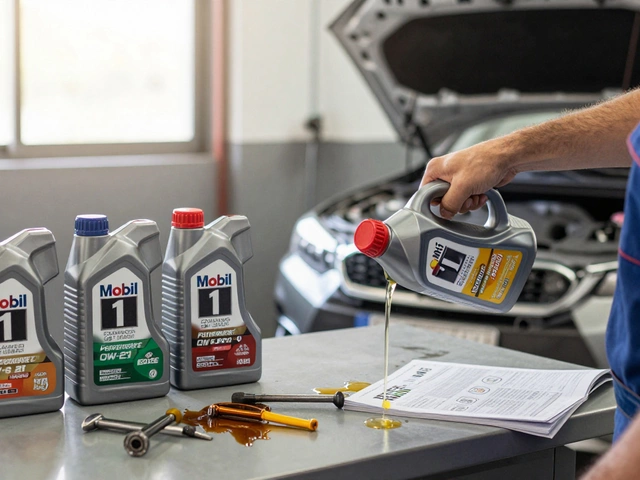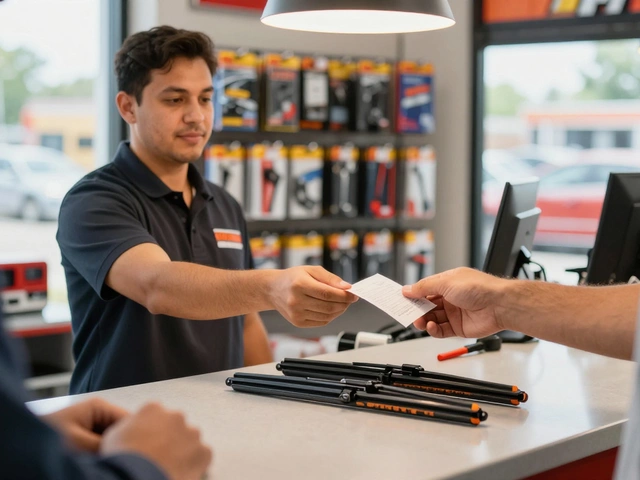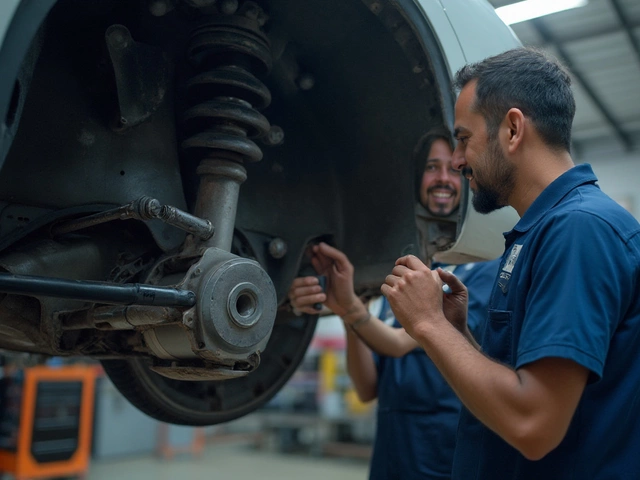Independent Suspension: What It Is, How It Works, and Why It Matters
When you drive over a bump and your car stays steady instead of bouncing like a trampoline, you’re feeling the work of independent suspension, a system where each wheel moves up and down without affecting the opposite wheel. Also known as non-dependent suspension, it’s the reason your car doesn’t tilt sideways when one tire hits a pothole. This isn’t just fancy engineering—it’s what keeps your tires on the road, your passengers comfortable, and your steering precise.
Most modern cars use MacPherson strut, a compact type of independent suspension that combines a shock absorber and coil spring into one unit because it saves space, cuts cost, and works well for everyday driving. But independent suspension isn’t just one design—it includes double wishbone, a more complex setup often found in performance cars that gives better control over wheel movement, and other variations. The key idea is simple: each wheel moves on its own. That means if your left tire hits a rock, your right tire stays planted. This improves grip, reduces tire wear, and makes the car easier to control, especially when turning or braking hard.
When independent suspension starts to wear out, you’ll notice it. The car might feel floaty, bounce too much after bumps, or pull to one side when you brake. The most common culprits are worn shock absorbers, the components that control how quickly the springs compress and rebound, or damaged suspension components, like control arms, bushings, and ball joints that connect the wheel to the chassis. These parts don’t last forever. If you’ve ever heard a clunk when going over speed bumps, or felt your steering shake at highway speeds, it’s likely one of these parts is done.
Replacing suspension parts isn’t always expensive, but it’s not a quick fix either. A full front suspension overhaul might need new struts, springs, bushings, and alignment—each part playing a role in how your car handles. That’s why many people wait until things get noisy or unstable. But catching wear early saves money. You don’t need to replace everything at once, but you do need to know what’s failing and why.
Whether you’re trying to soften your ride, fix a bouncy back end, or just understand why your car handles the way it does, the posts below cover real-world fixes, cost breakdowns, and how to spot trouble before it turns into a safety issue. You’ll find guides on what parts to replace, how long it takes, what brands actually work, and how to avoid getting overcharged. No theory. No fluff. Just what you need to know to keep your car stable, safe, and smooth.
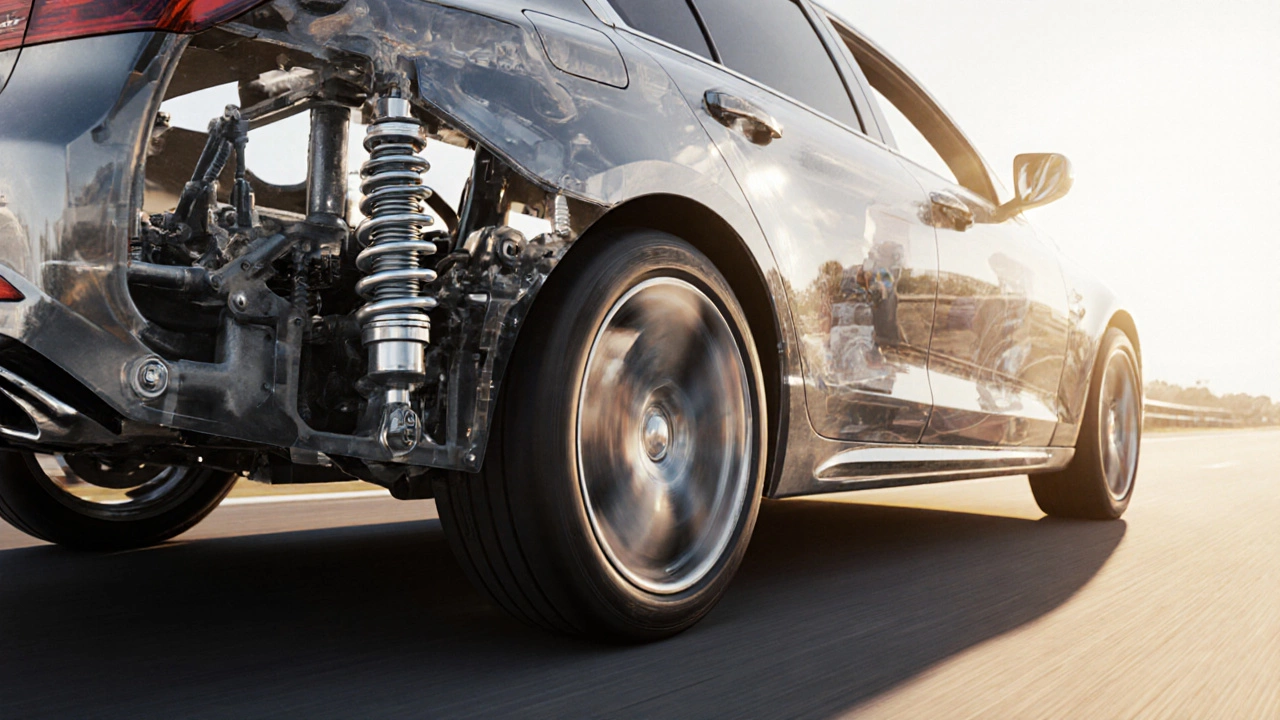
What are the 4 Types of Suspension? Explained with Real‑World Examples
Learn the four main suspension types-independent, dependent, semi‑independent and air-plus their pros, cons, common applications, and maintenance tips.
CONTINUE READING
